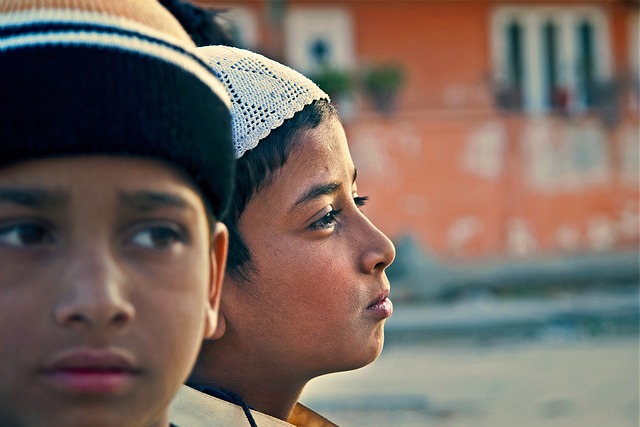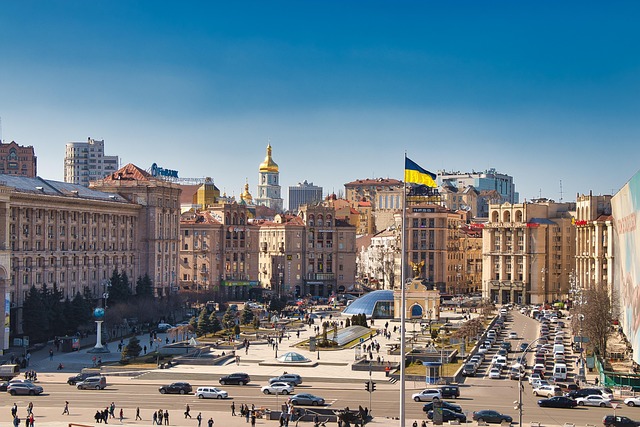First up, let’s talk about traditional storytelling. In some cultures, the art of passing down tales from one generation to the next is at risk of becoming a lost art. Imagine a cozy evening spent around a fire, where elders share stories that shape a community’s identity—sounds magical, right? Yet today, these storytelling sessions are disappearing, overshadowed by screens and modern distractions.
Next is indigenous music. Every note is a piece of history, a reflection of a people’s spirit and struggles. But as younger generations lean towards pop and hip-hop, traditional tunes risk being drowned out. Can you feel the loss? It’s like losing a thread in the rich tapestry of culture.
Let’s not forget traditional crafts, such as pottery or weaving. These aren’t just hobbies; they’re time-honored skills that connect us to our ancestors. But as mass-produced goods take over, the artisans behind these crafts struggle to find a market. It’s as if we’re choosing fast food over a lovingly prepared family meal – where’s the passion in that?
Even performance arts like traditional dances face a similar fate. When was the last time you saw a vibrant folk dance performed live? With dwindling audiences and limited support, these breathtaking performances are becoming relics of the past. Isn’t it heart-wrenching to think that future generations might never experience the joy they bring?
Whispers of the Past: The Cultural Art Forms at Risk of Vanishing Forever
Think about it: how often do you encounter a mesmerizing dance that mirrors the emotions of an entire community, or listen to a song that carries the weight of history on its melodic wings? These art forms aren’t just performances; they’re the heartbeats of cultures, pulsating with stories of love, struggle, and joy. But as modernity sweeps in like an unstoppable tide, these whispers of the past risk being swallowed up.
Take, for instance, the intricate craft of hand-woven textiles. Each thread tells a tale of ancestral skills, yet the rapid rise of mass production threatens to overshadow these skilled artisans. Have you ever felt the warmth of a handmade piece? It’s as if each stitch connects you to someone else’s life, a tangible link to their journey.
Or consider the ancient tradition of storytelling, where a single voice can echo the wisdom of ages. Those around the fire, captivated by every word, understand that they are part of something greater. However, with screens dominating our attention, the magic of storytelling could fade into silence, leaving a void in our cultural tapestry.
Preserving Heritage: The World’s Most Endangered Cultural Art Forms You Should Know About
Take traditional Japanese Noh theater, for instance. It’s not just a form of entertainment—it’s an intricate dance of history, emotion, and spirituality. With each slow, deliberate movement, performers convey deep philosophical themes, yet fewer people are learning this beautiful craft. Isn’t it heartbreaking that such profound storytelling could fade away?
And then there’s the intricate art of weaving by Indigenous communities, where every thread tells a tale of identity and survival. These artisans pour their souls into their work, creating textiles that sparkle with meaning. But as the fast fashion industry booms, these traditional techniques risk becoming mere memories. Isn’t it staggering how a single purchase can support an entire community’s legacy or hasten its demise?


These endangered art forms are like fragile ecosystems—they need nurturing to thrive. By learning about them, sharing their stories, and supporting the artists behind them, we can help ensure they don’t just survive but flourish. After all, preserving heritage isn’t just about keeping the past alive; it’s about enriching our future with the wisdom of those who came before us.
A Race Against Time: Spotlight on Endangered Global Art Forms and Their Survivors
Take traditional crafts, for instance. Think of the intricate weaving techniques passed down through generations of indigenous artisans. These skills, like whispers of ancient wisdom, carry stories that are on the verge of being silenced. In our fast-paced world, where modernity often overshadows tradition, how can we ensure these priceless techniques don’t become mere relics?
Then there’s music, the universal language that transcends borders. Folk songs that encapsulate community spirit are at risk as urban pop culture sweeps in like a tidal wave. Ever heard a melody that instantly transported you to a sunlit village or a bustling market? That’s the power of traditional music, yet it struggles to find its place in today’s playlists. By supporting local musicians and attending cultural festivals, we can breathe life into these dying rhythms.
Dance forms, too, tell stories etched in movement. Imagine a captivating dance that narrates meltdowns, joy, and community resilience. But with globalization, the spotlight often shifts towards flashy performances, leaving traditional dances in the shadows. Isn’t it our duty to keep those vibrant stories alive?
So, as we delve deeper into this race against time, let’s remember: every piece of art holds the heartbeat of a culture. When we breathe life into these endangered art forms, we don’t just preserve them; we empower the voices of their creators, ensuring their legacies echo through time, unbroken and bold.
Melodies and Motifs: Examining the Cultural Art Forms Facing Extinction in a Modern World
Take folk music, for example. It’s the beat of the earth, an echo of our ancestors’ emotions, yet many young people are more attuned to mainstream pop hits than age-old ballads. Just like a family recipe passed down through generations, these tunes carry the essence of a community. Yet, as streaming playlists dominate, the unique sounds of regional sounds risk becoming relics of the past.
And what about the motifs found in traditional crafts? The intricate designs spun out of love and history? Imagine walking through a market and spotting a handwoven basket, each curve telling a tale for those who take a moment to look closely. But with machine-made goods flooding the shelves, these painstakingly crafted pieces can sometimes feel like faded memories.
The urgency to keep these cultural treasures alive is palpable. Think of them as delicate flowers in a garden; without proper nurturing, they wilt and disappear. So, what can we do? Supporting local artists, attending cultural festivals, or even learning those forgotten dances can help breathe life back into the arts at risk of being lost. It’s a collective effort to ensure these vibrant expressions continue to resonate through time, celebrating our shared humanity rather than letting them fade into silence.


![How Do Different Cultures Celebrate New Year [Global Guide]? How Do Different Cultures Celebrate New Year [Global Guide]?](https://travel-tips.net/wp-content/uploads/2025/09/how-do-different-cultures-celebrate-new-year-global-guide-1758919069304-450x255.png)

![What Makes Japanese Tea Ceremony So Significant [Cultural Guide]? What Makes Japanese Tea Ceremony So Significant [Cultural Guide]?](https://travel-tips.net/wp-content/uploads/2025/09/what-makes-japanese-tea-ceremony-so-significant-cultural-guide-1758919144390-427x255.jpeg)